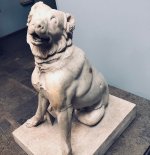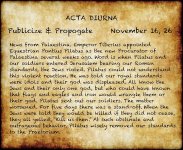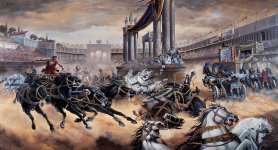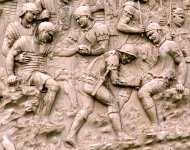- Joined
- Jan 30, 2013
- Messages
- 2,520
- Reaction score
- 1,334
- Points
- 113
some of the history of what happened to the true cross after it was discovered in
jerusalem is covered in this video.... at one point it was carried at the head of
armies marching around the mediteranean.... only to be captured by one side
or the other... and even ransomed back in a sort of prisoner / relic exchange..
..
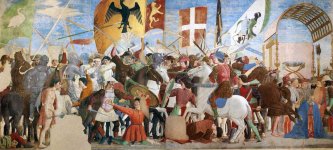
jerusalem is covered in this video.... at one point it was carried at the head of
armies marching around the mediteranean.... only to be captured by one side
or the other... and even ransomed back in a sort of prisoner / relic exchange..

Last edited:


